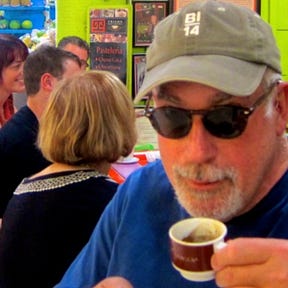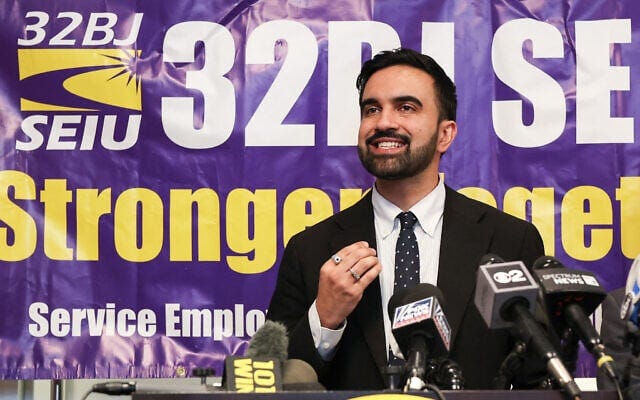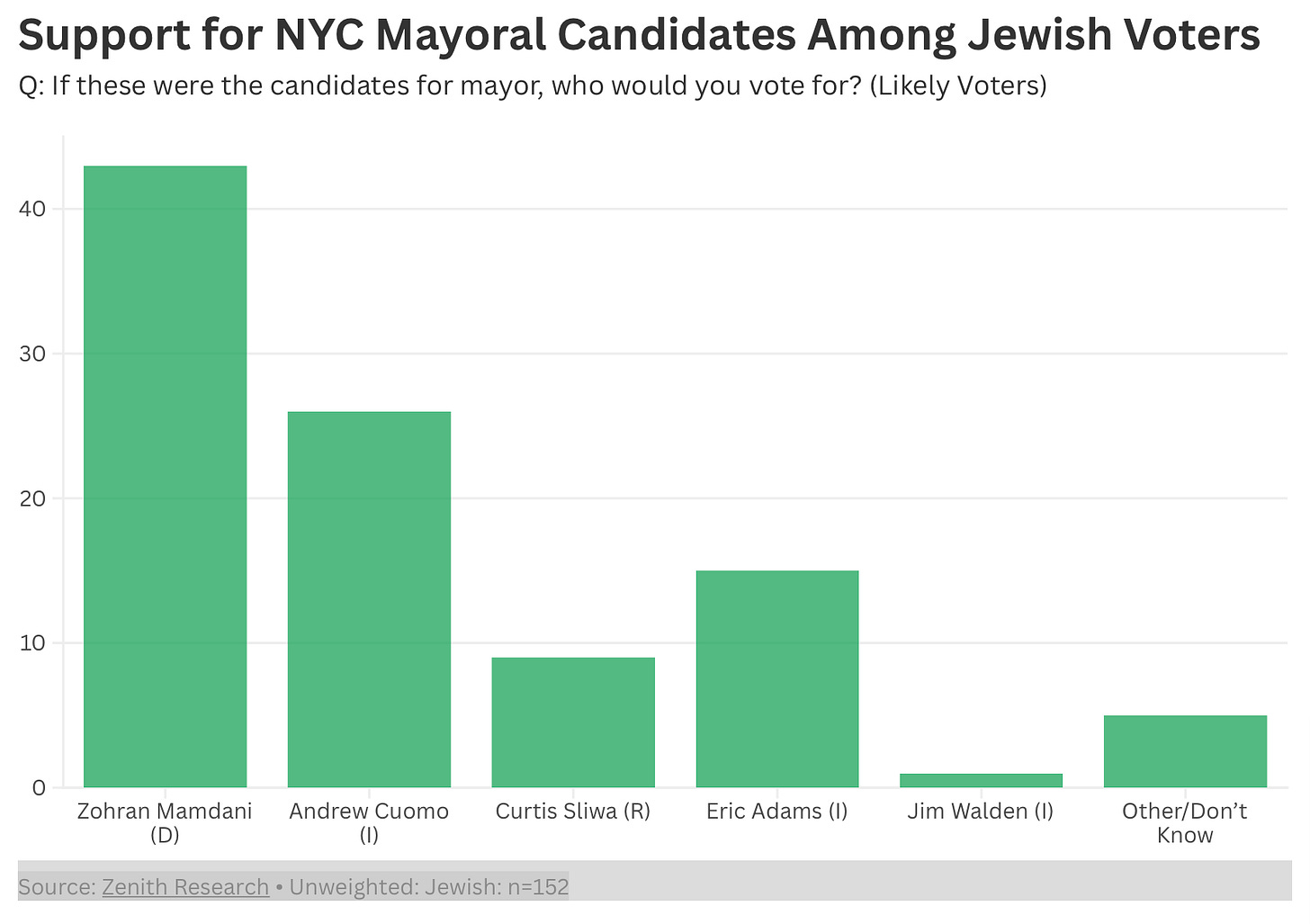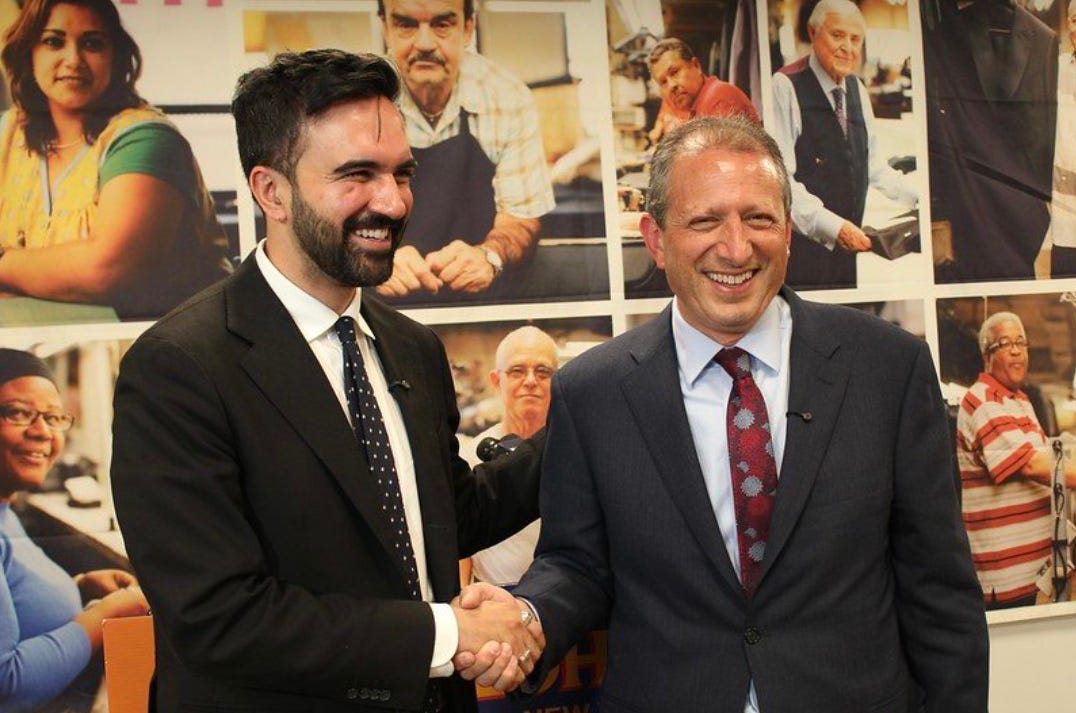
August 6th is Hiroshima Day, a moment to reflect on what the U.S. did on that day and did again three days later to the Japanese city of Nagasaki.
And reflect on today’s renewed arms race.
Between 120,000 and 220,000 people died in the blasts or from burns, other wounds and radiation exposure over the next few months.
I was born three years after the United States dropped the first atomic bomb on Hiroshima.
As a child growing up three hundred miles downwind from the above ground nuclear testing facilities in Nevada I breathed the air polluted by nuclear fallout and drank the milk poisoned by strontium 90.
An article today in the Bulletin of Atomic Scientists recounts the history of the development of the bomb, its use against Japan and the follow-up leading to the atomic arms race that continues to this day.
The United States had long argued that the use of the atomic bomb on Japan was necessary to bring an end to the war and save American lives.
The choice of Japan (as opposed to Germany) as a target was determined early in the war planning.
Germany had been de-targeted long before—on May 5, 1943—when the Military Policy Committee, headed by Bush, first considered bomb targeting options. The committee decided that it was too risky to target Germany; German scientists might be able to reverse-engineer their own nuclear bomb if the Allied bomb turned out to be a dud. Targeting would be in the Pacific region, and it would be kept secret.
Was there a racist component to the decision to target an Asian people rather than a European country? It is difficult to believe otherwise.
There is now plenty of evidence that the use of the atomic bombs on Japan had less to do with ending the war than in sending a message to the Soviet Union, which at that point was still an ally but was viewed as the next enemy.
It was, among other things, a message to the Soviets. General Groves had believed since 1942 that “Russia was our enemy, and that the project was conducted on that basis … Of course that was so reported to the President.” Joseph Stalin got the message after the United States dropped its first atomic bomb on Hiroshima on August 6, 1945.
Yes. The Soviet Union got the message and the arms race and global nuclear weapons proliferation was on.
Just the other day Donald Trump threatened Russia by saying he was moving submarines armed with nuclear warheads into attack positions.
*No AI was used in writing this post. All spelling errors and errors of syntax are totally human. Let me know if you liked the post.













